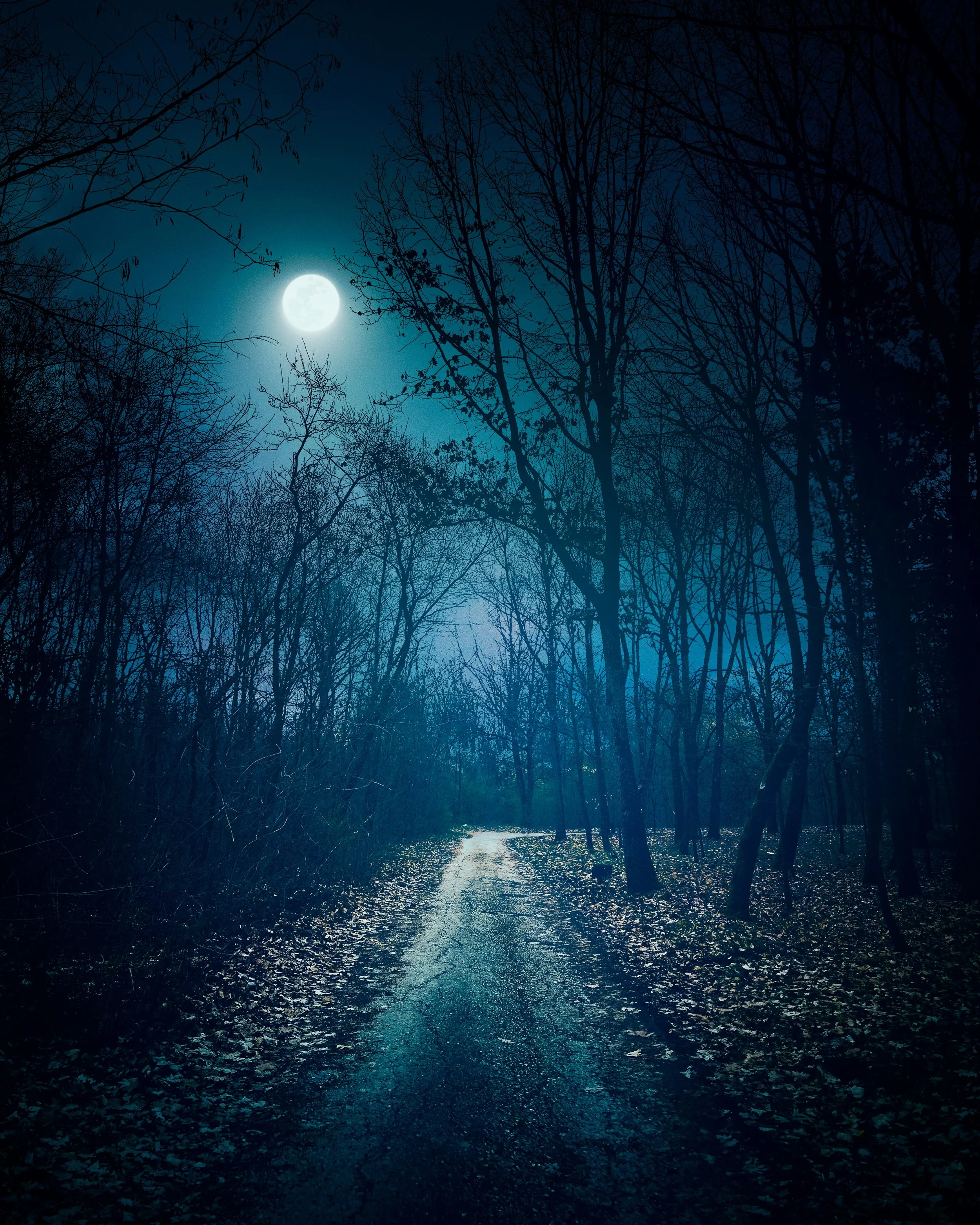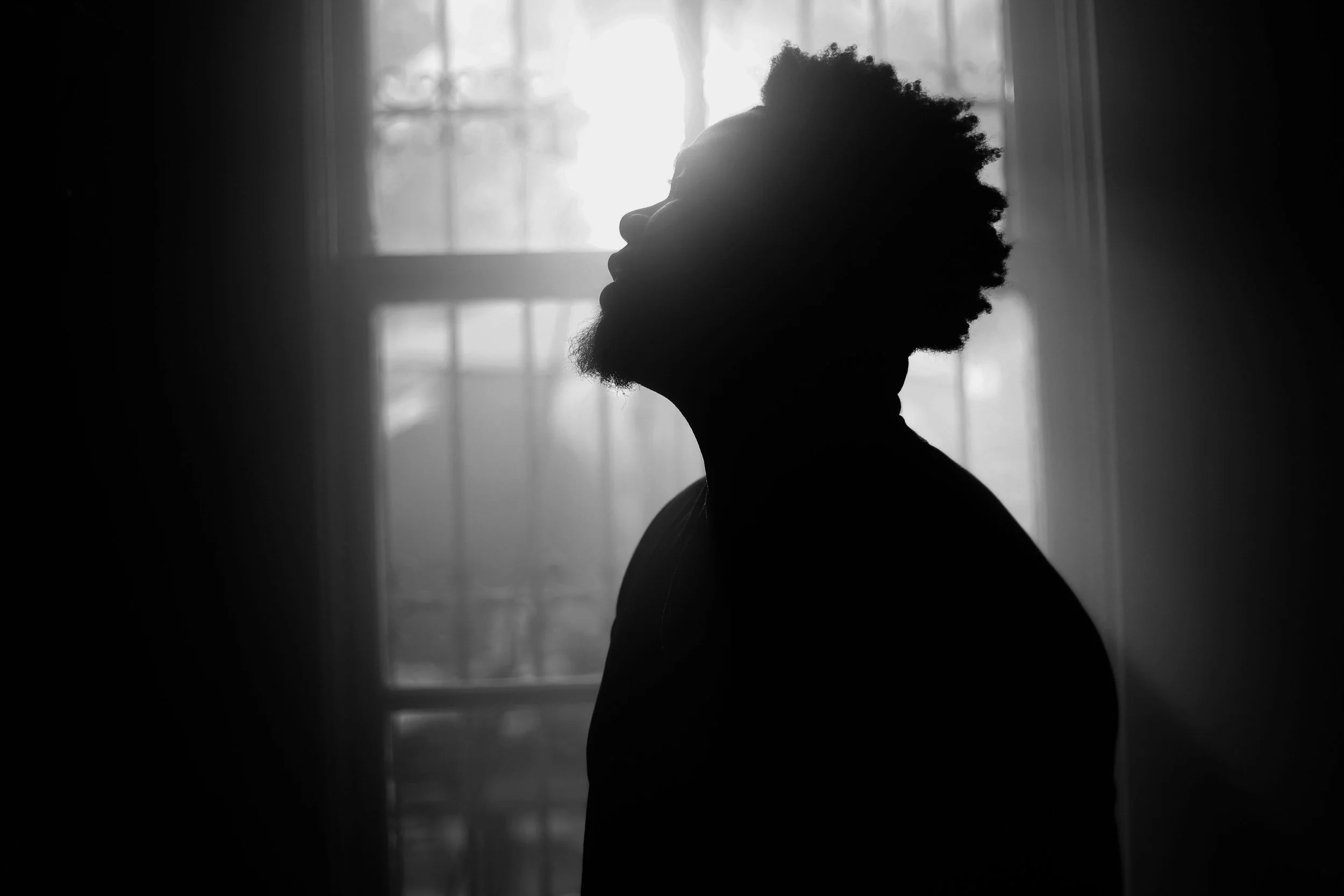What It Means to Heal the Ghosts We Carry Within
Photo by Taylor Burnfield
When my grandfather died, grief arrived in ways I didn’t expect. It wasn’t only about losing him—it was about seeing how family history showed up in the days that followed. Relatives traveled over states and countries, trying to gather, booking flights, sending messages back and forth. Some of us were able to come together, others not. The distances weren’t just about geography; they were about years of migration, work that pulled people away, and histories of upheaval. Anyone who has lived far from family knows this truth: distance is rarely measured in miles alone.
I often return to one story about him. As a teenager, he and his brothers walked to the Panama Canal to find work. They never went back home. Imagine that: leaving the place that formed you, carrying nothing but determination, and never seeing it again. That decision carried both courage and sorrow. Our family’s future was built on it, but it also meant permanent separation. When I think about resilience, I think about that walk. And when I think about sadness, I think about what it must have felt like to leave and not return. These are the kinds of stories that don’t just stay in the past—they echo through us, shaping how we carry joy, grief, and even silence.
Photo by Aron Visuals
I’ve come to think of those echoes as ghosts. Not the kind that frighten you in the night, but the quieter ones that live in our moods, our bodies, and our inherited ways of being. Depression, for me, has sometimes felt like one of those ghosts—a heaviness that doesn’t belong only to me. Science now confirms what so many cultures have always known: trauma can be passed down biologically. As Rachel Yehuda, a leading researcher on intergenerational trauma, has written, “trauma can leave a chemical mark on a person’s genes, which can then be passed down to future generations.” It is not just memory we inherit, but the biology of survival itself.
Therapy has been a place where I can finally sit with these ghosts. Where I can begin to tell the difference between what is mine and what was handed down to me. Yung Pueblo writes, “the healing happens when you release the heaviness holding you back.” That release is not about erasing family history—it is about making room to live more fully within it.
Photo by Yuris Alhumaydy
Healing in Practice
What might it mean to heal these ghosts? Some practices I’ve explored with my therapist, and that might resonate for others, include:
Mapping the family migration story—drawing out where people traveled, when, and why. Placing the losses and gains alongside each other. Seeing not just rupture but resilience.
Writing letters to ancestors—even those I never met. Naming what they gave me, and also what grief or burden I inherited.
Creating rituals of release—lighting candles, writing down old family pain, and then burning the paper. Allowing symbolic acts to give the psyche closure.
Body-based grounding practices—remembering that ghosts live in the body too: tightness in the chest, restlessness in the legs. Movement, breath, and somatic care help loosen what generations have passed down.
Story-sharing with living relatives—not just repeating the heroic stories of survival, but speaking aloud the unspoken: the loneliness, the losses, the bitterness.
Photo by Jonathan Sanchez
This is important because silence is its own kind of inheritance. If we don’t name what we carry, it shows up in our relationships, our work, our parenting, our sense of worth. Depression and anxiety are not only individual issues—they are often the voices of those ghosts, urging us to pay attention to something older than ourselves.
Bad Bunny has a line that lingers with me: “Lo bueno dura poco, y lo malo se siente eterno”—the good feels short, the bad feels endless. That lyric mirrors the experience of families like mine, where reunions are fleeting but absence stretches long. Still, joy finds us. We build, we create, we laugh in ways that my grandfather, walking to the Panama Canal with his brothers, probably never imagined.
When my grandfather passed, I realized I wasn’t just mourning him. I was mourning the larger story of leaving and never returning, of building life far from the soil that raised you. Those ghosts are real, but therapy has taught me that I don’t have to be consumed by them. To heal the ghosts we carry within is not to drive them away—it is to walk with them differently, to say: I honor you, but I choose to live lighter.
As therapists, we hold an intergenerational and cultural context in the work we do with clients. It is always okay to explore these ghosts with us—but really, the work is for yourself. Even if you are a person of whiteness, you carry family histories and imprints in your DNA that shape who you are. Healing means not just surviving those inheritances, but transforming them into something freer, something more alive.
Author’s Note: If you find yourself haunted by your own ghosts—whether family stories, unspoken griefs, or a heaviness you can’t name—consider bringing them into therapy. Journaling, mapping, ritual, and body practice are tools that can help, but the deeper gift is allowing yourself space to be witnessed. Healing begins the moment you stop carrying the weight alone.
Tanisha Christie, LCSW (she/her) is the Founder and Practice Director who champions the liberation of individuals through the acknowledgement and affirmation of their stories. With a collaborative, holistic, and directive approach, Tanisha guides clients toward healing. Her extensive experience includes roles at Mount Sinai Hospital, the Ackerman Institute for the family and private practices, offering specialized expertise in polyamorous and couple relationships, executive coaching, and clinical supervision.





